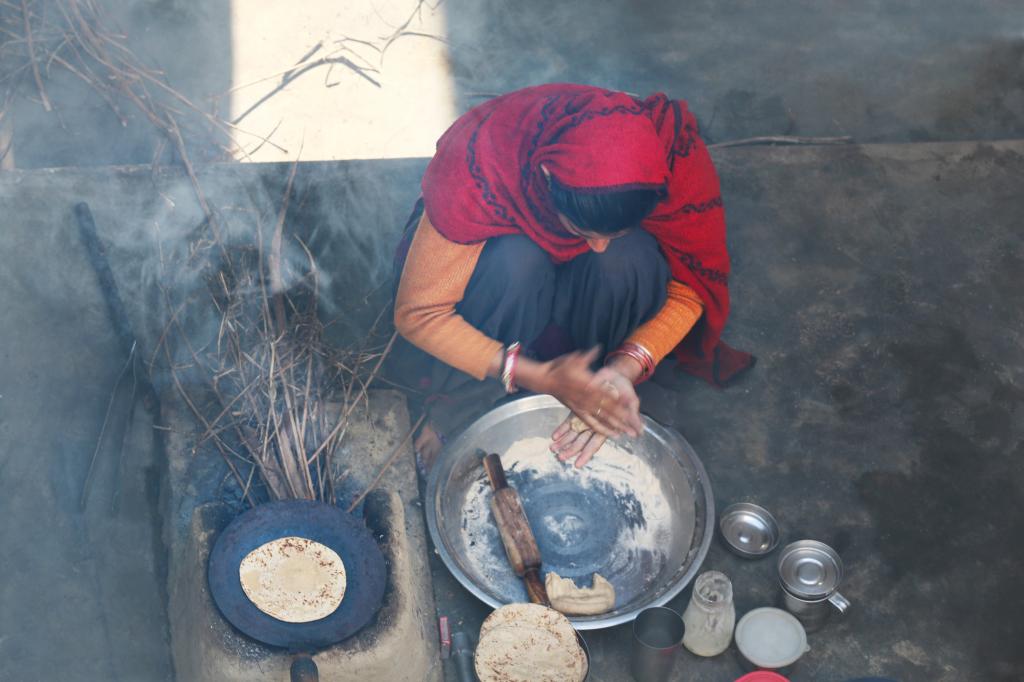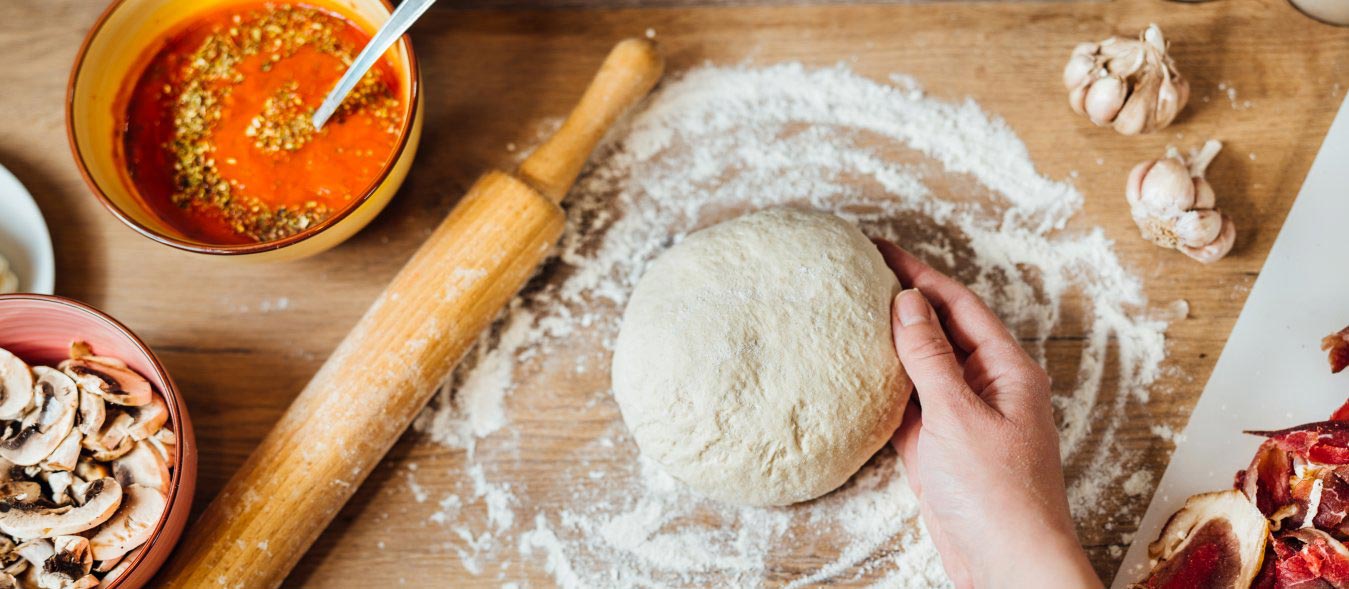An interesting development in online spaces such as TikTok and Instagram is the sudden popularity of homemade recipes predominantly by women. In crisp little vlogs, popular content creators such as Nara Smith, who goes by @naraaziza on Instagram, show themselves preparing all sorts of delicious food “from scratch.” They make their sauces and bake their bread. The whole thing looks fun, and easy and above all exudes a restful luxuriant femininity inaccessible to most of us in real life.
Cooking vlogs on Instagram: what makes them so addictive?
Far from harried homemakers who must slap together ingredients to have dinner ready in time for hungry children and impatient husbands, these women are the picture of grace and delicacy in beautiful well-coordinated outfits and not a hair out of place. What must originally take hours if not days seems miraculously simple, cut down to the duration the Instagram algorithm has decided makes for the ideal viewing experience.
One might ask- what makes this kind of content any different from reels made by professional chefs with Instagram accounts? It is the source of their appeal, which lies in the evocation of an increasingly obscure lifestyle suspended in a timeless haze of wealth, ease, unlimited time and 1950s glamour, rather than the specific food prepared, although that too looks delicious.
Benefits of natural living: rooted in science or propaganda?
It is not hard to locate these vlogs within a larger phenomenon one can observe today in online spaces- an overwhelming nostalgia for the past that drives critics of modernity to log onto social media where they extol “traditional” values, “natural” ingredients and so on. “Wellness coaches” warn of endocrine disruptors in “chemical” formulations and advocate for cycle syncing over birth control pills. “Dating coaches” talk about the need for “relationship polarity,” which means basically, more rigid gender roles.
Concerns about the overuse of preservatives in food or the long-term impact of birth control pills on female bodies are of course valid and are asked not only by advocates of traditional living. However, these issues are far more nuanced than many online content will have you believe. For instance, the notion that “natural” invariably means better or safer is not based on reality. In 2013, Dorea Reeser wrote for Scientific American, “Unfortunately, the natural versus synthetic debate falls very much in the grey region, and every chemical or class of chemicals, must be considered on a case-by-case basis. To make the situation more frustrating, the number of useful or accessible resources for consumers is limited, since most of the “information” on the internet and in the news is unfounded and unreferenced.” Such social media trends reveal a rising mistrust in science fed by misinformation and disdain for social progress.
While pushing for home-cooked meals and naturally sourced ingredients, it does not take into consideration factors such as low income, rising food prices, long working hours and unequal division of labour at home that make cooking three full meals per day a less than desirable option in most households.
Multiple factors can be blamed for the latter of the two problems- a backlash against feminism or cynicism regarding its efficacy in modern times, besides the polarisation caused by social media’s tendency to not only popularise but also oversimplify and misrepresent complex ideas.

While a lot of content creators such as Nara Smith shy away from political affiliations, her similarities in style and content with vocally conservative tradwives means that she becomes part of that group and what it represents in the flattening space of social media. Although none of her content is a direct commentary on feminism, critics of Nara Smith blast her for being a mother of two in her early twenties while critics of these critics accuse them of being bitter and jealous of a visibly happy woman, repeating the age-old conversation about feminist agency and domestic bliss.
Implications for Indian women
The impact of all this in India, where much of online discourse is derived from the West is interesting to consider since there is already a strong pre-existing association here between femininity, specifically motherhood and the kitchen and a special pedestal reserved for “Ma ke haath ka khaana.” In India, even more than in the West, household chores are automatically designated to women including those working full-time jobs.

The act of cooking is overlaid with connotations of love and nurture and the image of the happily tiring mother who prepares endless delicacies in a homely kitchen is well inscribed into our culture. It is interesting to see how in the age of capitalism, where whole foods have become more and more inaccessible, brands such as Mother’s Recipe and MDH Masala with its tagline, “Ma ke haath ka swaadh” are eager to absorb this image into their branding, complicating this longstanding association between homemade food and motherhood, while preserving and profiting off its symbolic significance.
In a 2019 SLATE piece, Rachelle Hampton writes how the American discourse around food and nutrition has tried to individualise the problem of nutritionally inadequate meals, neglecting the role played by systemic issues like racism and poverty. While pushing for home-cooked meals and naturally sourced ingredients, it does not take into consideration factors such as low income, rising food prices, long working hours and unequal division of labour at home that make cooking three full meals per day a less-than-desirable option in most households.
In India, where women are already burdened with the bulk of household work including the task of planning and/or preparing household meals keeping in mind individual preferences, dietary concerns and family budget, we need to be wary of rhetoric that wrongly attributes the crisis in nutrition to individual laziness or complacency while ignoring the glaring issue of inaccessibility that is all the more pertinent in the context of India with its deep-rooted casteism and wide economic disparity. These are the real issues that come in the way of good health and nutrition and our collective focus needs to shift accordingly.




